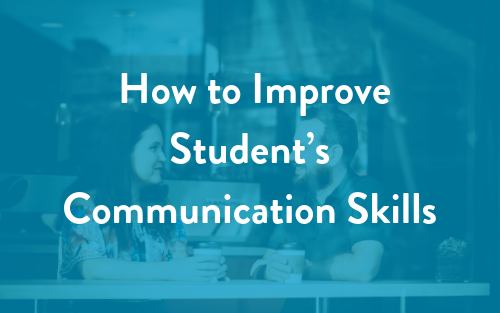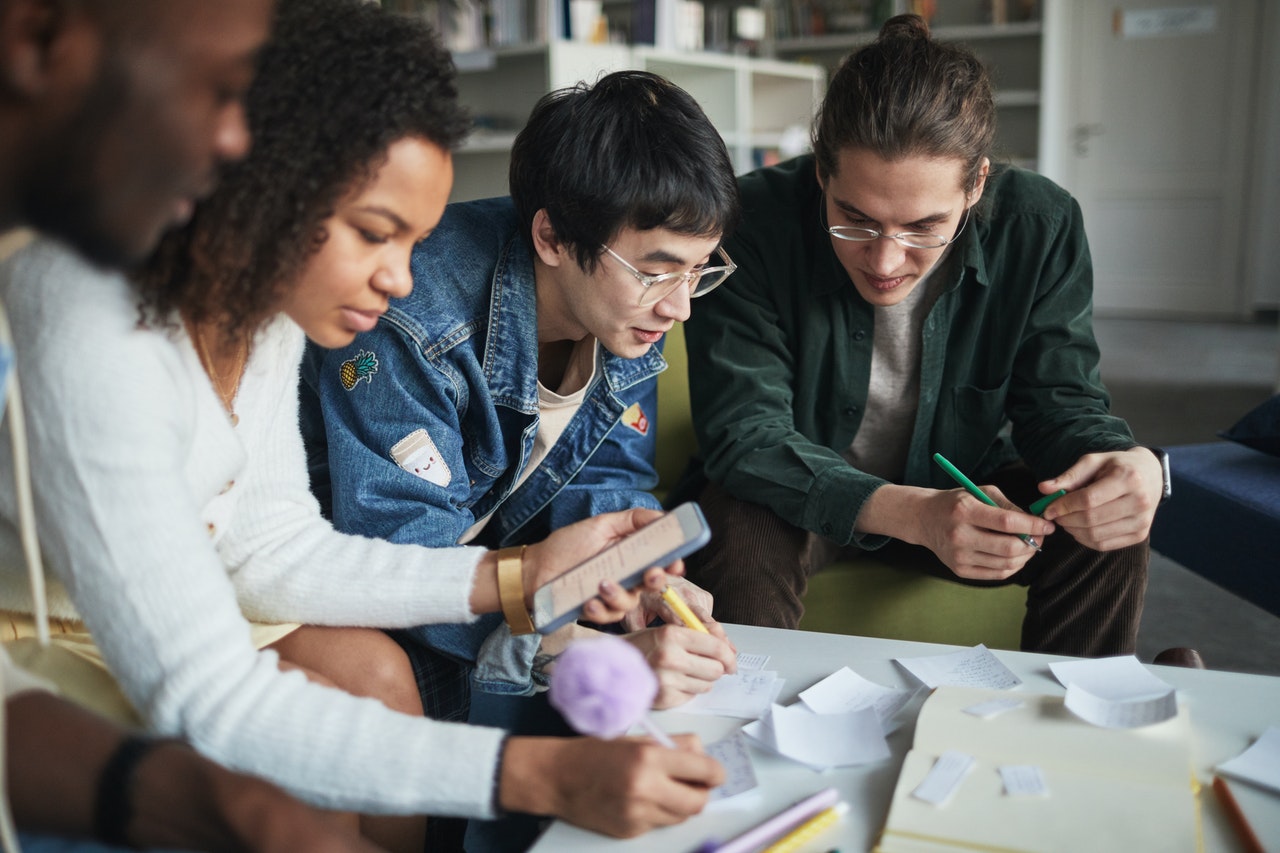As colleges and universities work harder to demonstrate their ROI, workplace readiness is a constant topic that is brought to educators’ attention — and more specifically, the lack thereof. Research has uncovered a prominent issue of a “soft skills gap” — where students are not meeting the expectation of employers when it comes to interpersonal skills. Those most cited skills include the “four Cs”: communication, creativity, critical thinking, and collaboration.
According to a recent workplace report by LinkedIn, “Communications is the No. 1 skill gap across those major cities in the United States.” And perhaps an even bigger issue — students aren’t completely aware of this gap. A 2018 Job Outlook Survey found that only 41% of employers ranked current students as proficient in Oral/Written Communications, while 79.5% of students thought that they were proficient.
Many professionals agree that strengthening the communication skills of current students is the key to improving employment rates after graduation. Luckily, communication skills are something that can be taught, practiced, and constantly improved upon. After reviewing expert opinions and business professionals, we outlined four teachable skills that can directly improve students’ ability to communicate effectively.
Active listening
Active listening involves giving your complete attention to someone when they are speaking, rather than just passively listening to the words. According to the Center for Creative Leadership, active listening involves “paying attention, withholding judgement, reflecting, clarifying, summarizing, and sharing”.
Studies show that the average person listens with only about 25% efficiency. By building students’ active listening skills, you can help ensure that they will succeed in the workplace and strengthen the relationships around them.
Michael Hoppe, the author of the guidebook “Active Listening”, outlines six key skills that are needed for active listening. Those skills include:
-Pay Attention
-Withhold judgement
-Reflect
-Clarify
-Summarize
-Share
With practice, students can strengthen each of the skills that relate to active listening. SocialMettle recommends group activities such as:
–“Lie to Me” – Choose a person from a group of people and ask them to read a random narrative to the group while the group listens. Then add a single sentence that was not present in the narrative before and have him/her read the narrative back again. The group has to catch the addition that has been done, which can only happen if they’ve been listening carefully.
–”The Story Continued” – Have the group sit in a circle. Start off with a tagged person and ask them to say a line that can be continued into a story. Once they say the line, the next person has to repeat the line, add one of his own and then say the two together. The third person then adds to the two and repeats all three, and the format continues. If the game is to be a success, the person has to listen to everything that is being said or else he will not be able to repeat the lines and add his own.
Critical thinking
Critical thinking specialist Randy Kasten defines critical thinking as “ the ability to understand why things are the way they are and to understand the potential consequences of actions”. Colleges, universities, and companies constantly cite critical thinking as a crucial skill, as it allows students to think independently by assessing information, forming opinions, and drawing meaningful conclusions. With over 2.5 quintillion bytes of data created per day, it is increasingly important for students to be able to evaluate all the information they consume and sort out the fake “noise”.
To teach critical thinking skills to students, specialists suggest starting with a question. Open-ended questions typically work best, where the answer requires research and problem-solving. For example, “What makes government possible?” or “Why is democracy important?”. Another great way to practice both research and problem-solving is through role playing. Wabisabi Learning suggests pairing students and having them research a historical conflict, such as the Civil War. Each student is given a different point of view, and they must present their arguments and ultimately come to a compromise.
Body language
A common complaint about the Gen Z generation is that they are glued to their phones and that they are completely reliant on screens. While students are focused on their screens, it’s harder to pick up on a key part of communication — non-verbal cues. Some experts say that body language accounts for 50 to 70 percent of all communication. Ensuring that students are able to interpret non-verbal cues as well as display ones to support their message is essential for their overall communication abilities.
Non-verbal communication can be displayed through facial expressions, eye signals, mouth expressions, gestures, posture, personal space, and leg and arm placement. For example, crossed arms may mean the person is feeling self-defensive or closed off — while hands placed on the hips can mean the person is confident and feels in control.
A great way to allow students to hone their non-verbal communication skills is through a form of charades. Put students in small groups and have one person in the group act out a variety of different cues, while the other students in the group have to guess what emotion the actor is trying to communicate. Encourage discussion, asking students to talk through their answers and run through the different options of what the non-verbal cue could mean.
Feedback
Learning any new skills requires some sort of feedback loop in order to improve. For communication, this is especially true. The ability to understand the skills and areas that need strengthening and then act on constructive feedback is key to being a great communicator.
Technology can act as an effective tool when teaching students how to both give and get feedback. During a communication activity, you can have students record themselves either on video or through a voice recording. For example, you could ask students an open-ended question to practice critical thinking, and then have them record a podcast that explains their answer to the question. You could also record a video during a role play activity, then replay the video back to the students who participated in the role play to solicit feedback. This is a method that allows for reflective learning, a popular learning style that focuses on students becoming aware of their motives and actions.
Paul Barnwell, a teacher and writer who directly sees the lack of ability to communicate among his students, finds that students take critical conversations and debates more seriously when it’s being recorded.
Recordings are a great way to kick off a group feedback activity, where a small group of students assess the strengths and weaknesses in a students’ communication skills. This is a great way to also build students’ skills for giving constructive feedback, as well as receiving feedback. For example, instead of saying “you forgot to do xyz”, a more constructive piece of feedback would be “if you would have done xyz, you would have…”.






